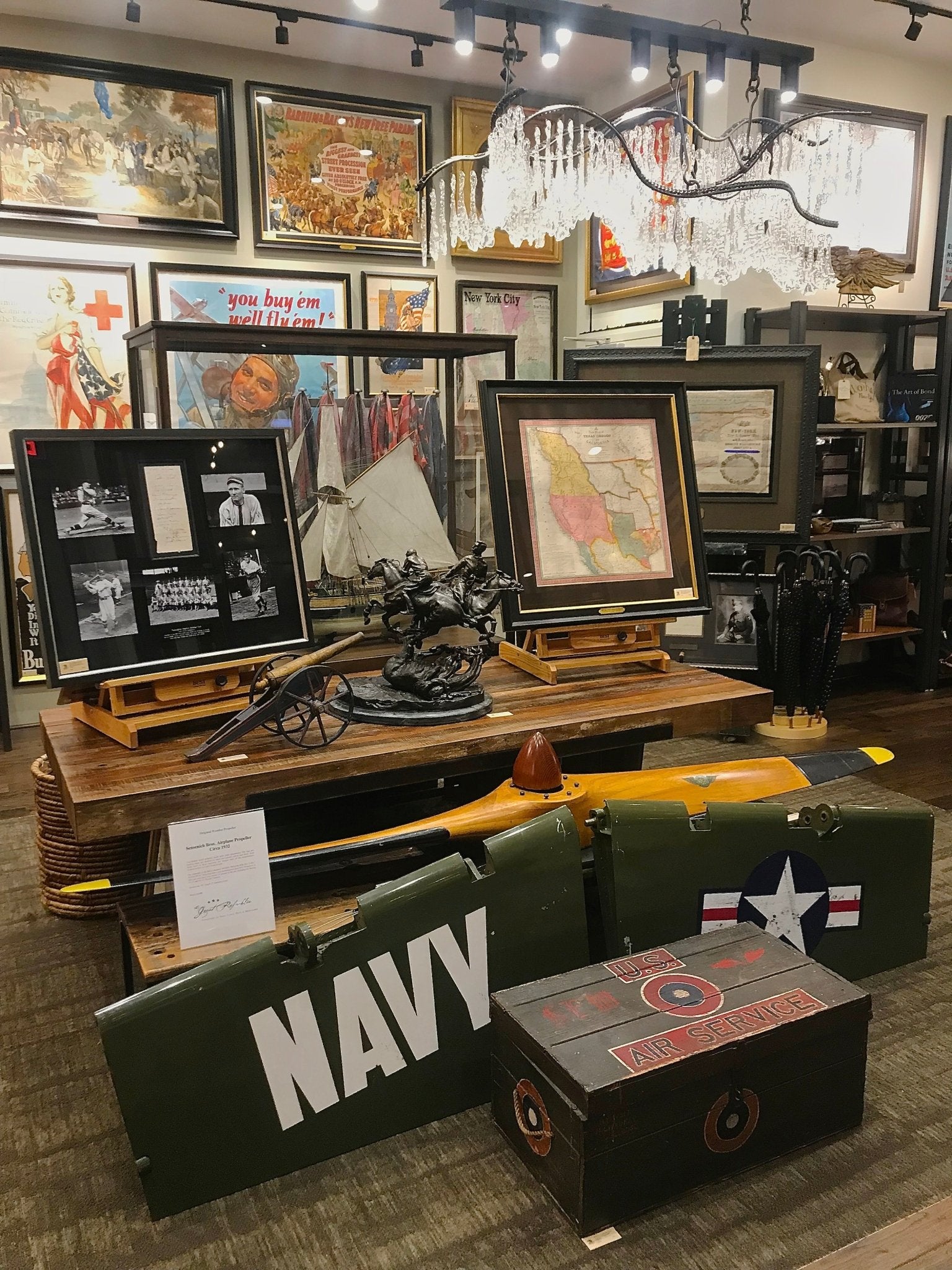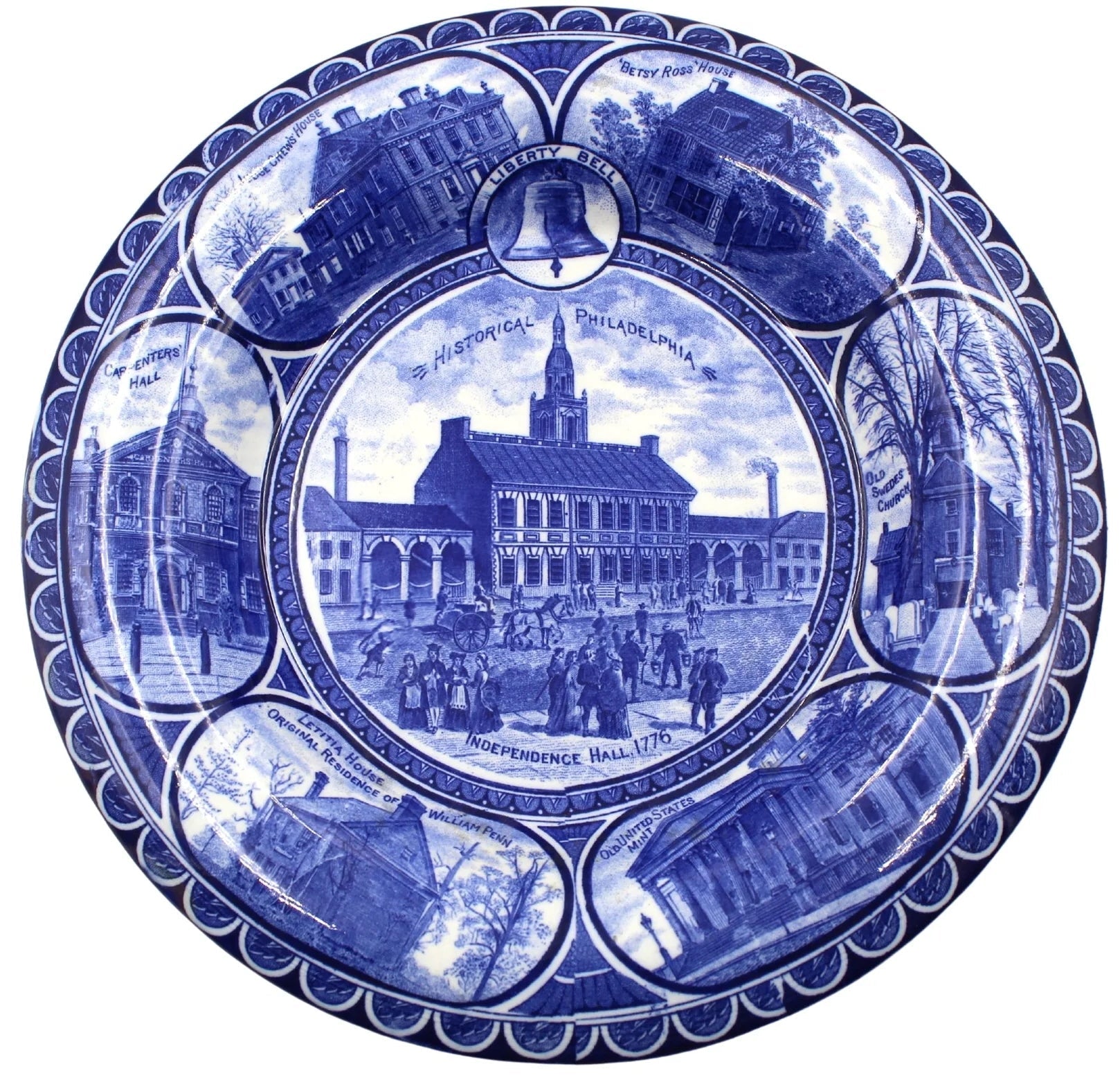How to Care for Your Antique Silver
Above: Sterling Silver Elephant Figurine with Ivory Tusks, Circa 1890
Antique Silver
Silver, used for decades in formal house decorating, is a unique precious metal that can hold its value over years. Most antique silver pieces have been passed along as family heirlooms or collected for their historic value. Antique silver is in its best state when it is regularly cared for-- that means combatting tarnish. Many people shy away from collecting rare and antique silver pieces for fear of tarnish-- do not fear! We present a comprehensible guide to silver care and storage in this week’s blog.
How to Get Rid of Tarnish
Tarnish is the number one enemy of antique silver. Tarnish is a thin layer of corrosion that forms over silver, and other similar metals, when exposed to air. A chemical reaction causes tarnish to form when the silver or metal comes into contact with moisture and sulfur in the air. This is why humid environments will negatively impact precious silver.
So, to keep that beautiful silver shiny, take necessary precautions and regulatory measures to combat tarnish. Silver can be polished with dry cloths to buff out tarnish. Materials such as lint-free flannel, microfiber, and any non abrasive cloths work well for this task. Avoid using paper-based materials to clean silver, such as paper towels or napkins, as these can scratch and damage silver.
In some cases, certain polishing chemicals may remove heavy tarnish. These often come in the form of pre-moistened cloths, made especially for silver polishing. Heavily-tarnished silver may also need to be treated by an expert to avoid damage.
Storage Tips
Since moisture in the air is the main cause of tarnish, storing silver in humid areas should be avoided. Of course, perfectly temperature-controlled rooms are not common in most homes-- this is why silver should always be properly stored in rooms with less humidity. Keep your antique silver out of basements or attics.
Smaller pieces can always be stored in air-tight cases if you wish to take precautionary measures to avoid tarnish.
Silver Plated Airplane-Themed Tableware, Circa 1910
Handling Silver
When handling antique silver, it is best to wear white cotton gloves to avoid direct contact with the metal. The oils, acids, and salts within your skin can react negatively to the silver and ultimately cause corrosion. If you do not use gloves or a protective cloth, wipe down the area that you come in contact with to avoid future corrosion.
While it is best to avoid tarnish build-up, make sure not to over polish. This can actually cause the finish to wear down.
Another thing to remember is the importance of cleaning silver immediately after it is used. For this toast rack, clean and polish the piece after each meal you use it for.










